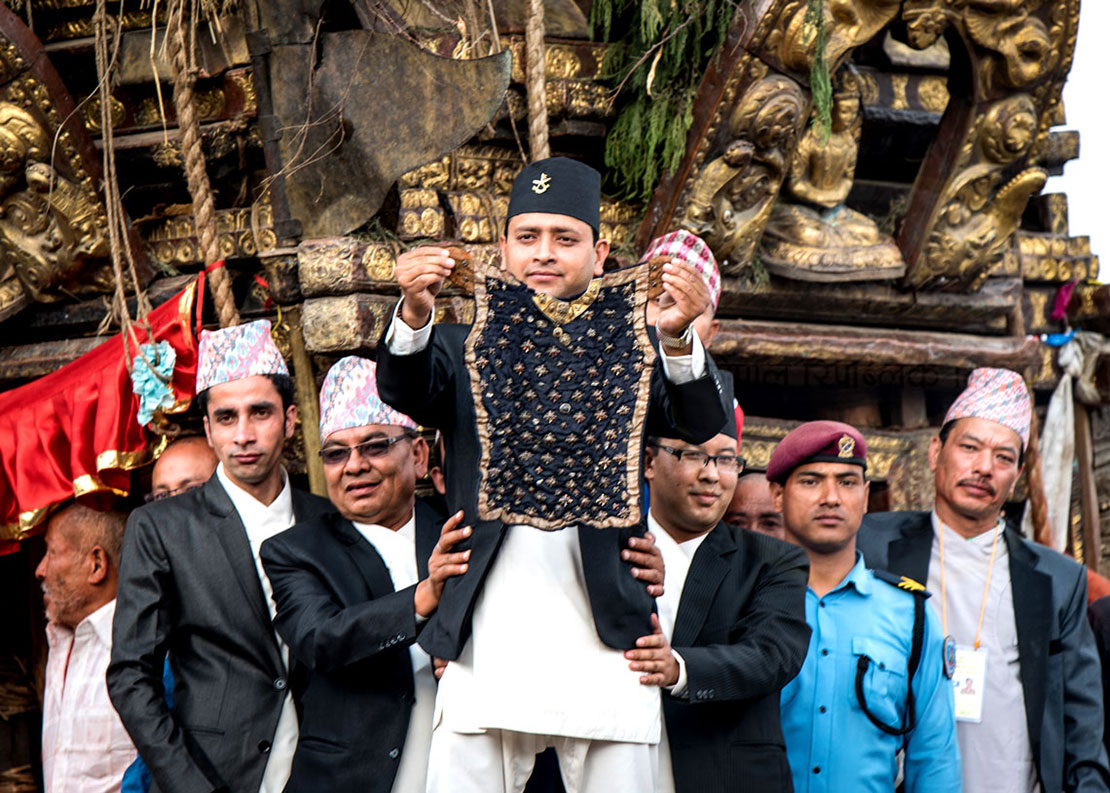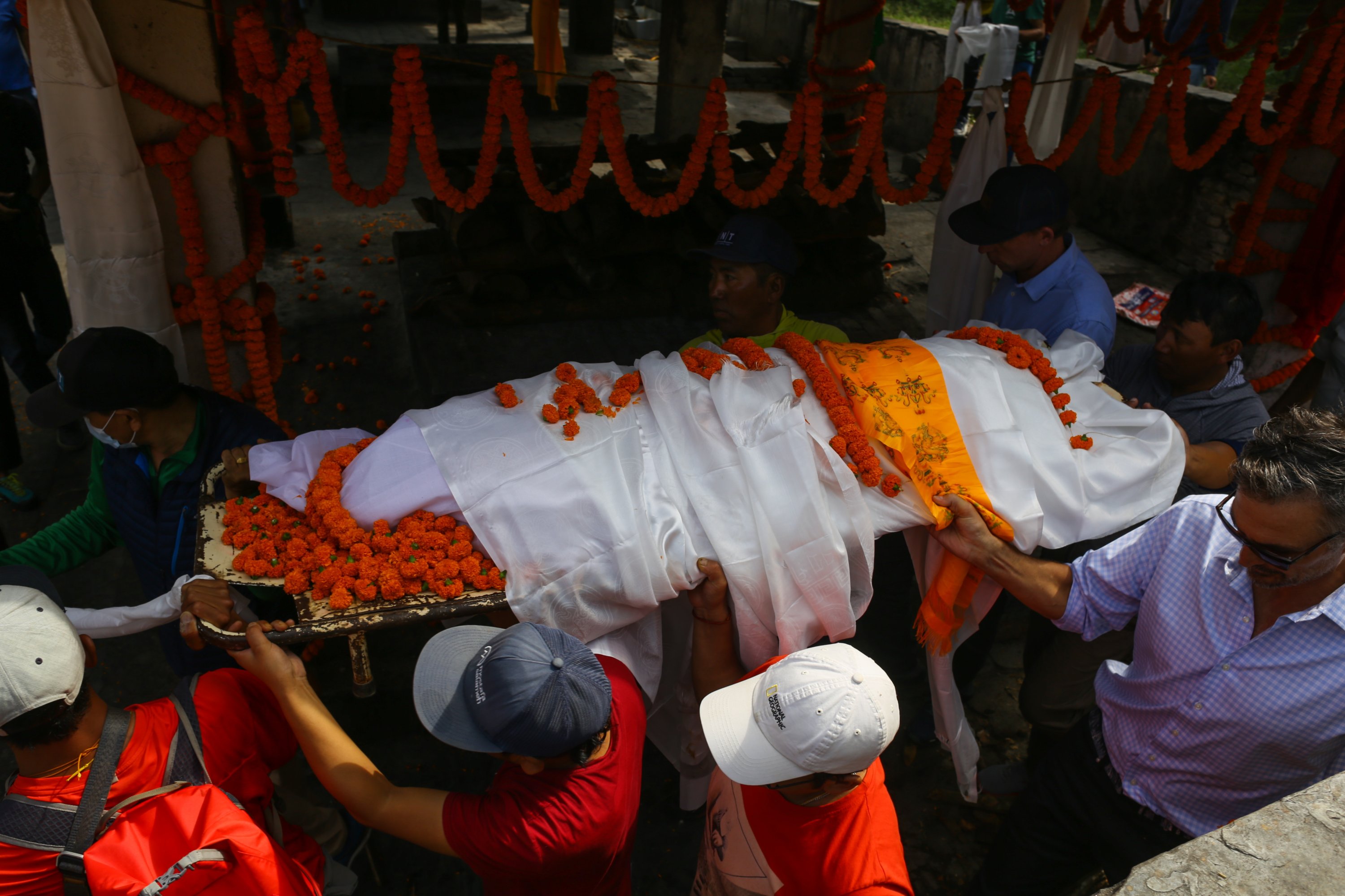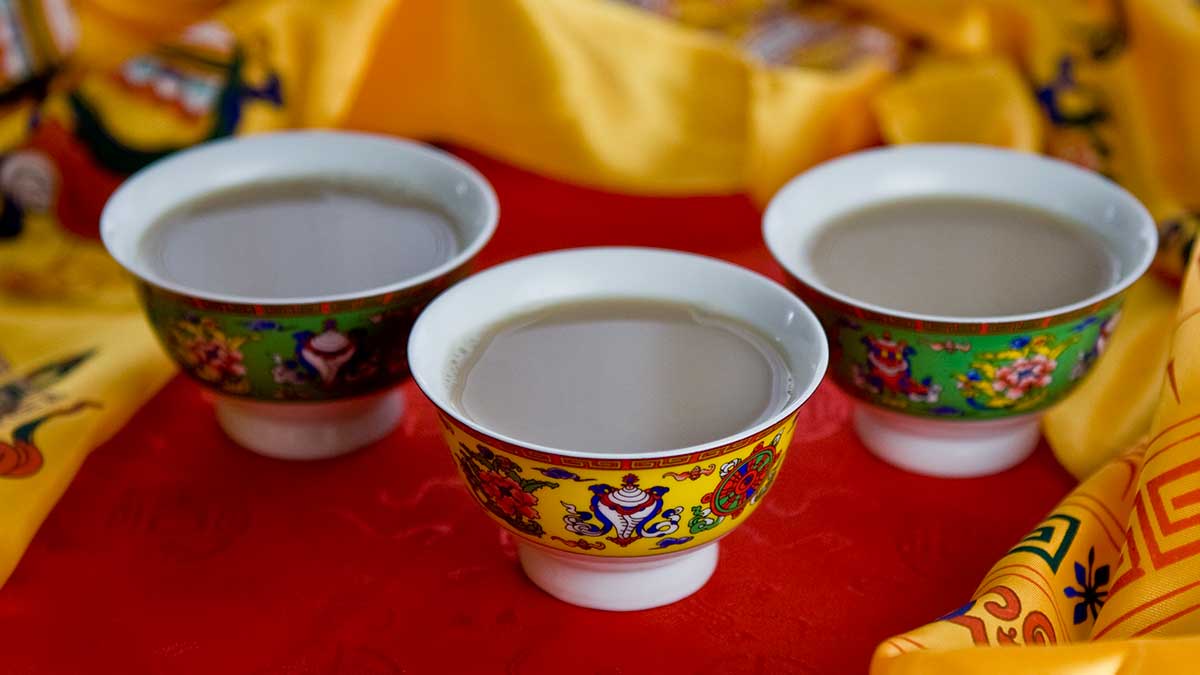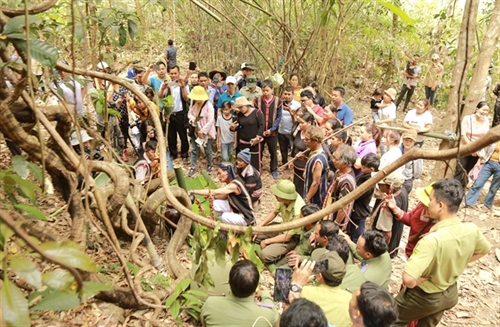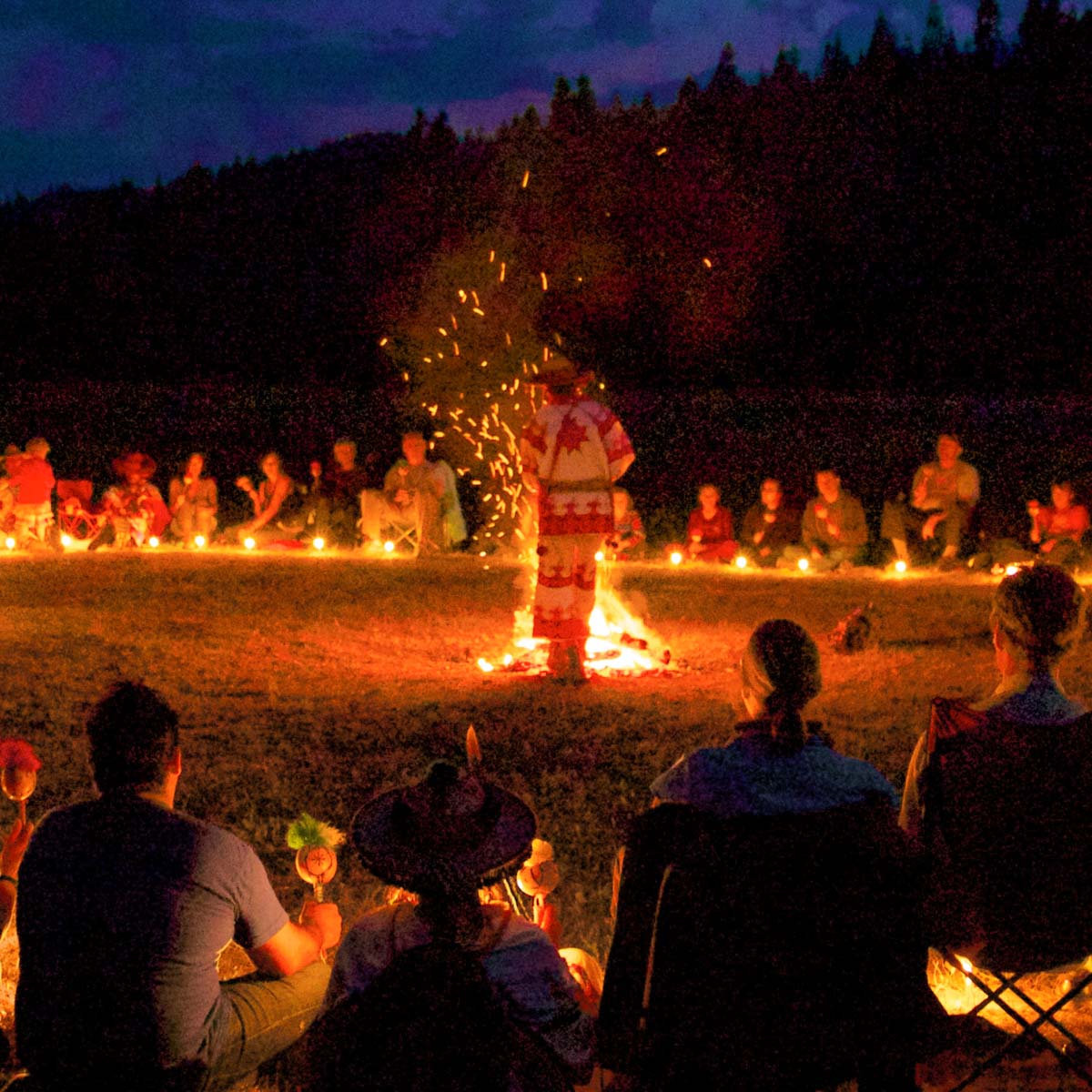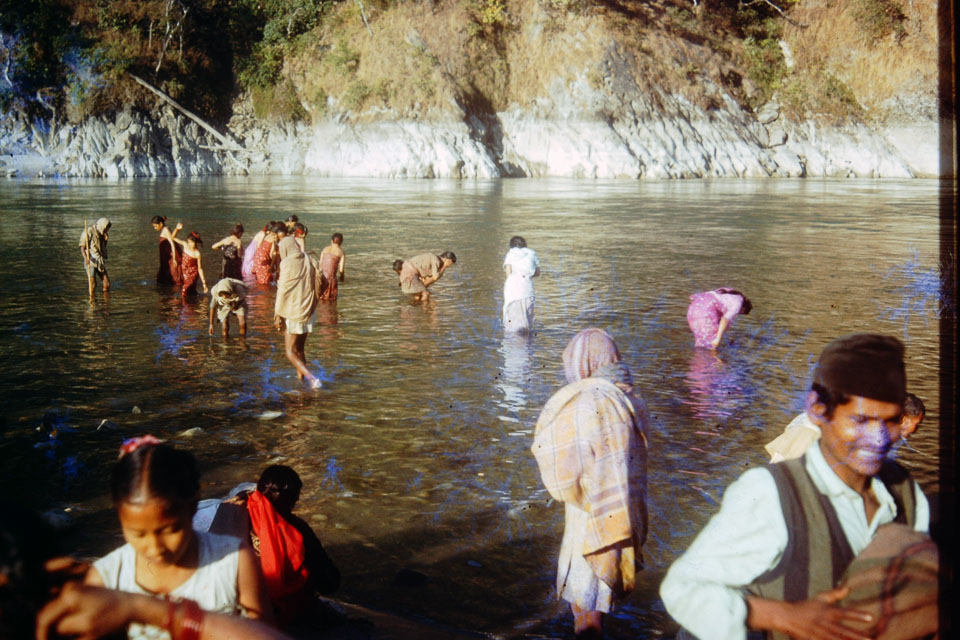Share this Article
Introduction
Bhotey Jatra, also known as Bhoto Jatra, is an annual cultural and religious ritual celebrated in Nepal, particularly in Lalitpur. The festival revolves around the display of a black jewel-studded vest, known as the "bhoto," which is believed to have belonged to the serpent king, Nagraj. This sacred event is the culmination of the Rato Machindranath Jatra, one of the most significant chariot festivals in the Kathmandu Valley, honoring Rato Machindranath, the deity of rain and good harvest.
Historical Background
The origins of Bhoto Jatra take back approximately 1,600 years, deeply rooted in Nepalese mythology and history according to legend a farmer was gifted the jewel studded vest by the serpent king Karkotaka as a token of gratitude for curing his wife's eye ailment. However, the vest was later stolen by a ghost, leading to an unresolved dispute until this day, the vest is ceremoniously displayed during the festival, symbolizing an open call for rightful ownership.
The Tale of the Lost Bhoto
Long Time ago, the Kathmandu Valley was believed to be covered by a vast lake known as Taudaha. The serpent king, Karkotaka, resided in the lake, and one day his wife developed a severe eye ailment, causing immense distress to the king desperate to find a cure, Karkotaka sought the help of a healer who was also a farmer living in Bhaktapur. The farmer agreed to help and was taken to the serpent king’s underwater palace with his treatment, the queen was miraculously healed, and as a reward, Karkotaka gifted him a black vest studded with precious jewels.
The farmer wore the vest with pride, and its dazzling beauty caught the attention of everyone in the valley. However, his fortune turned into misfortune when a ghost, envious of the vest, stole it while the farmer was working in his fields. A chase ensued, leading the farmer to the grand chariot festival of Rato Machindranath, where he spotted the ghost in the crowd. A heated argument broke out between them over the ownership of the vest, attracting the attention of the local king, Gunkampdev. The dispute was taken to the king, but neither the farmer nor the ghost could provide definitive proof of ownership to resolve the issue, King Gunkampdev decreed that the vest would remain in the custody of the Machindranath priests until the rightful owner could provide evidence. However, the farmer’s attempts to bring Karkotaka as a witness failed, as the serpent king never arrived. Since then, the tradition of displaying the bhoto every year continues, symbolizing an open call for its rightful owner to come forward.
Significance of Bhoto Jatra
Bhoto Jatra holds immense religious, cultural, and historical significance as part of the larger Rato Machindranath Jatra, the festival is dedicated to ensuring a prosperous harvest and rainfall. The display of the bhoto is a deeply symbolic act, representing justice, faith, and the continuation of ancient traditions. The festival also reflects the unity of Hindu and Buddhist beliefs, as Rato Machindranath is revered by both religious communities.
Rituals and Celebrations
Bhoto Jatra marks the grand conclusion of the Rato Machindranath chariot festival, featuring unique customs and traditions:
1. Chariot Procession
The festival begins with the construction of an enormous wooden chariot in which the idol of Rato Machindranath is placed. The chariot is pulled through the streets of Lalitpur by devotees, with stops at various locations over several weeks. The journey is accompanied by traditional music, dance, and rituals.
2. The Display of the Bhoto
The most anticipated moment of the festival is the public display of the bhoto in a grand ceremony held at Jawalakhel the sacred vest is raised high by a priest and shown to the gathered crowd this act signifies the unresolved dispute over the ownership of the vest, keeping the tradition alive. The priest displays the vest in all four cardinal directions, allowing everyone to witness the sacred garment.
3. Offerings and Prayers
Devotees offer prayers and perform religious rites in honor of Rato Machindranath, seeking blessings for rain, agricultural prosperity and well-being offerings of rice, flowers and lamps are made to express gratitude and devotion.
4. Royal Presence
Historically, Nepalese kings and high-ranking officials would witness the festival, emphasizing its cultural and political importance today, government representatives and religious leaders continue this tradition.
5. The Return of Rato Machindranath
After the Bhoto Jatra, the chariot of Rato Machindranath is dismantled and the deity’s idol is returned to its temple in Bungamati. This marks the end of the festival until the next cycle begins.
Cultural and Social Impact
Bhoto Jatra is more than just a religious festival; it is a social and cultural phenomenon that strengthens community bonds. It attracts large gatherings of people from different backgrounds, fostering unity and shared heritage. The festival also serves as a major tourist attraction, drawing visitors eager to witness Nepal’s vibrant traditions.
The event also holds symbolic importance in modern times. The unresolved dispute over the bhoto reflects the broader concept of justice, reminding society of the need for fairness and evidence-based decision-making. The festival continues to serve as a reminder of Nepal’s deep-rooted customs and traditions.
Economic Significance
Bhoto Jatra and the larger Rato Machindranath Jatra contribute to the local economy, boosting tourism, trade and business during the festival local vendors sell traditional foods, handicrafts, and religious artifacts hotels, restaurants and transportation services experience increased demand as visitors from around the country and beyond come to witness the grand spectacle.
The festival provides employment opportunities for artisans, craftsmen and musicians who participate in chariot construction, mask-making and other ceremonial activities. The event also promotes Nepalese culture to the world, strengthening the country's reputation as a rich and diverse cultural hub.
Preservation of Tradition
In an era of modernization, Bhoto Jatra continues to play a crucial role in preserving Nepal's ancient traditions. The festival has remained largely unchanged for centuries, maintaining its authenticity and significance. However, efforts must be made to protect and promote this tradition for future generations. Cultural preservation initiatives, educational programs and government support can help sustain the festival's legacy.
Local authorities and cultural organizations work to document and archive the festival's rituals, ensuring that its historical and spiritual essence is not lost, schools, communities and groups should actively engage in spreading awareness about the importance of Bhoto Jatra, encouraging youth participation and involvement.
Conclusion
Bhoto Jatra remains a vital part of Nepal’s cultural and religious identity. Its continued observance reflects the resilience of traditions passed down for centuries by celebrating Bhoto Jatra, Nepalese people not only honor their deities but also preserve their rich heritage, ensuring that future generations can partake in this historical and spiritual journey.
The festival's grandeur, rooted in mythology and faith, continues to captivate people’s hearts, reminding them of Nepal’s glorious past. Through the rhythmic pull of the chariot, the sound of traditional music, and the shimmering display of the legendary bhoto, Bhoto Jatra stands as a living testament to Nepal's deep spiritual and cultural ethos.
Categories:
Culture & Traditions
Tags:
Bhoteyjatra
,
Nepalfestival
,
Traditionandculture
,
Jatranepal
,
Faithandtradition

